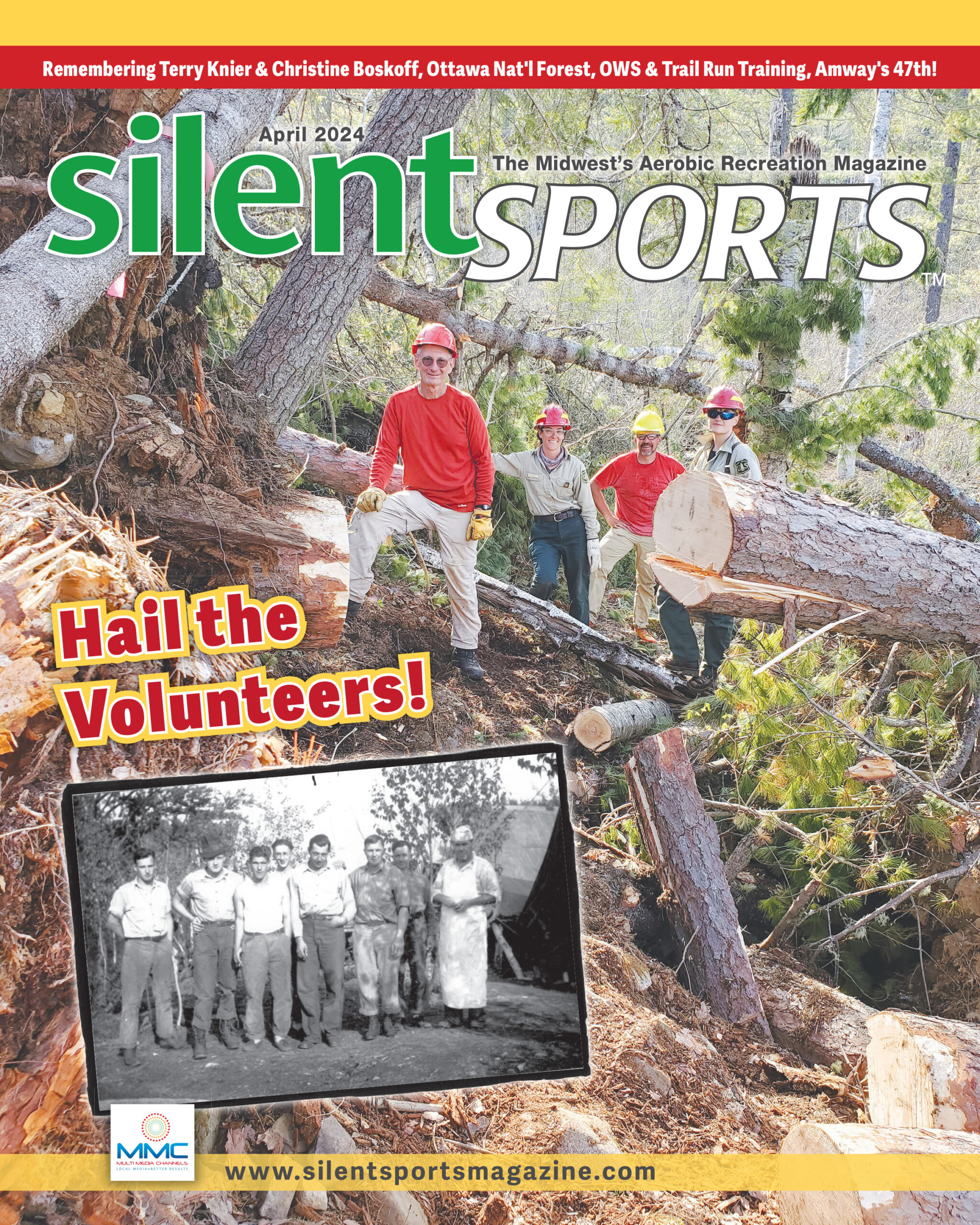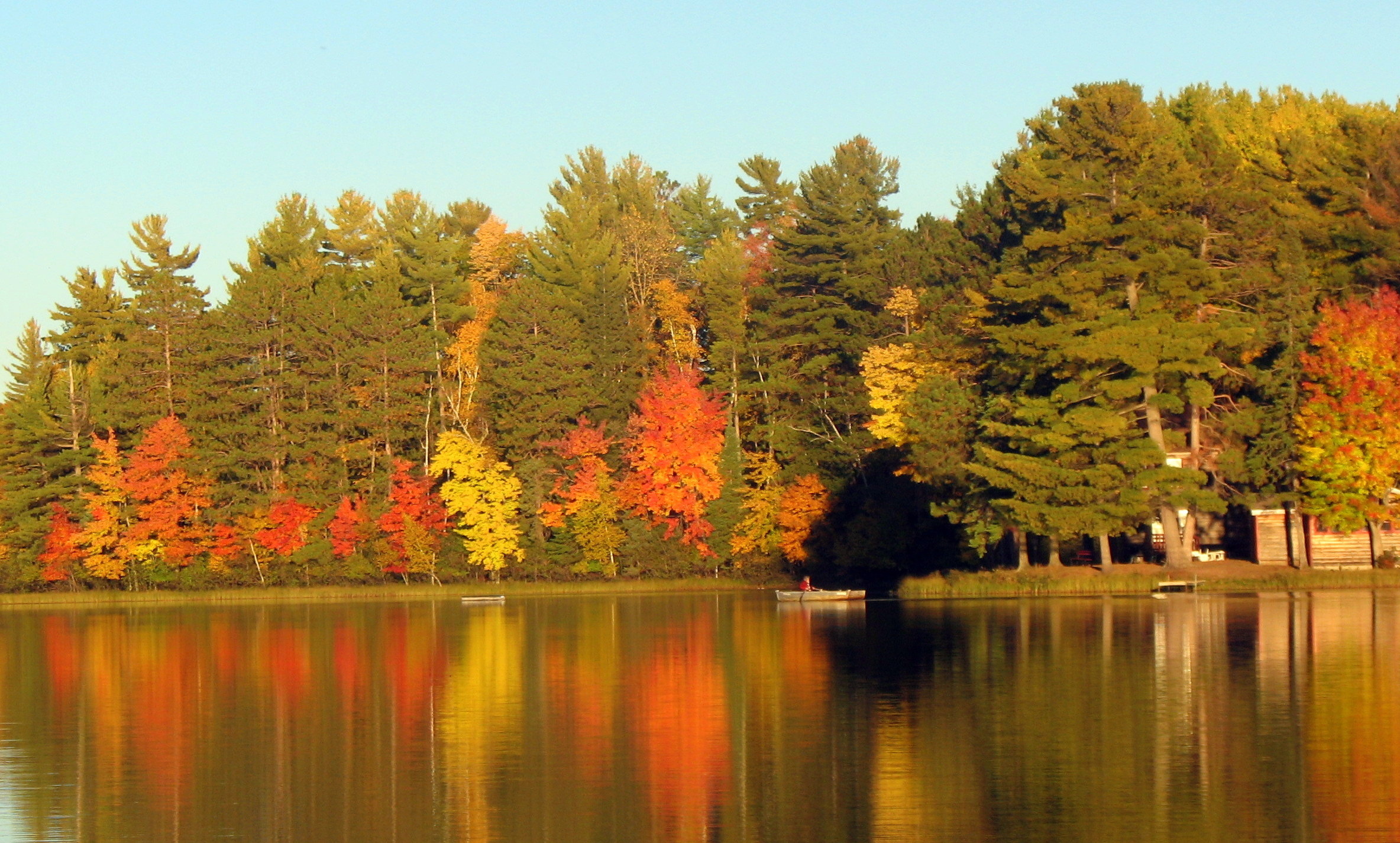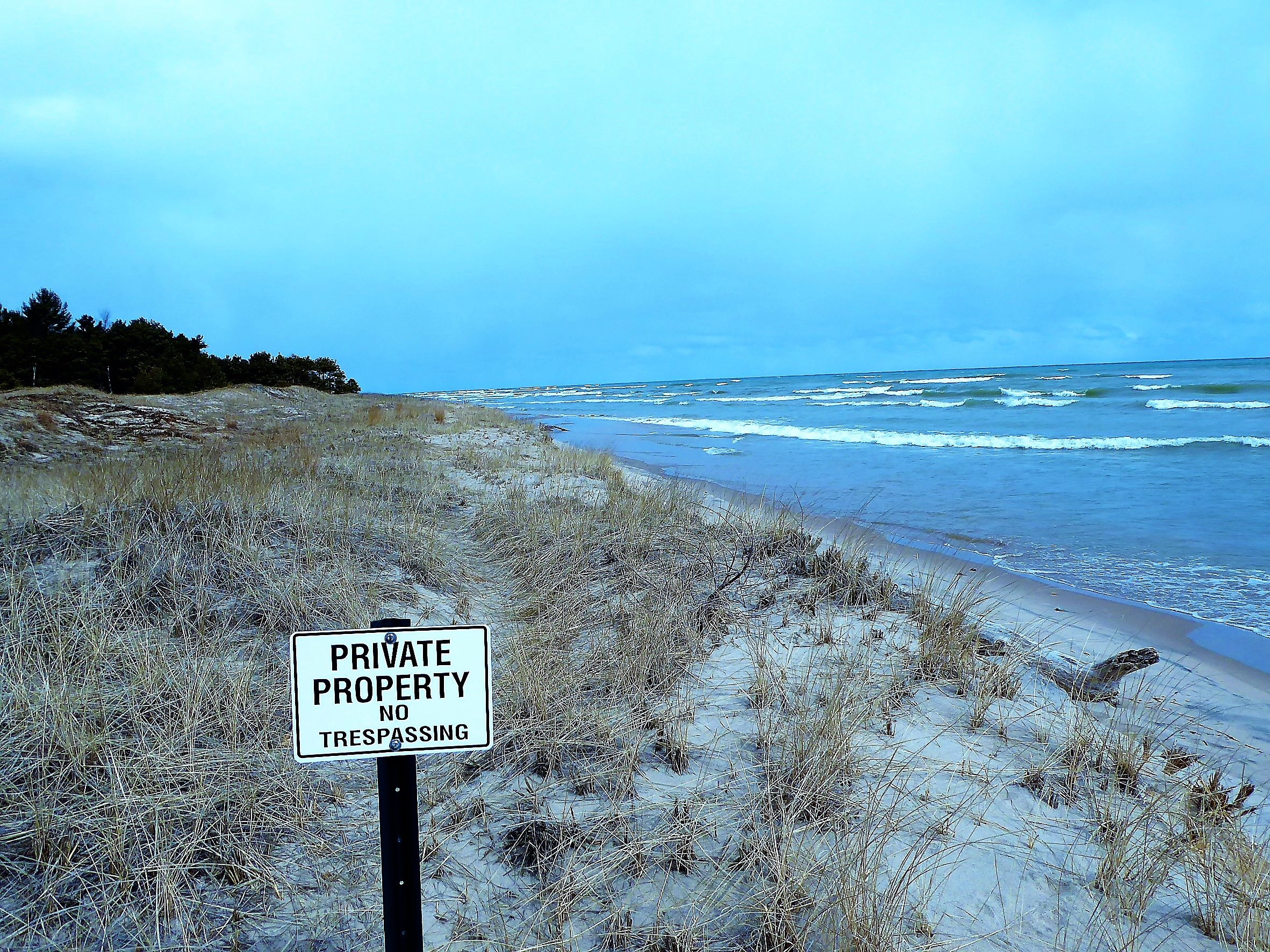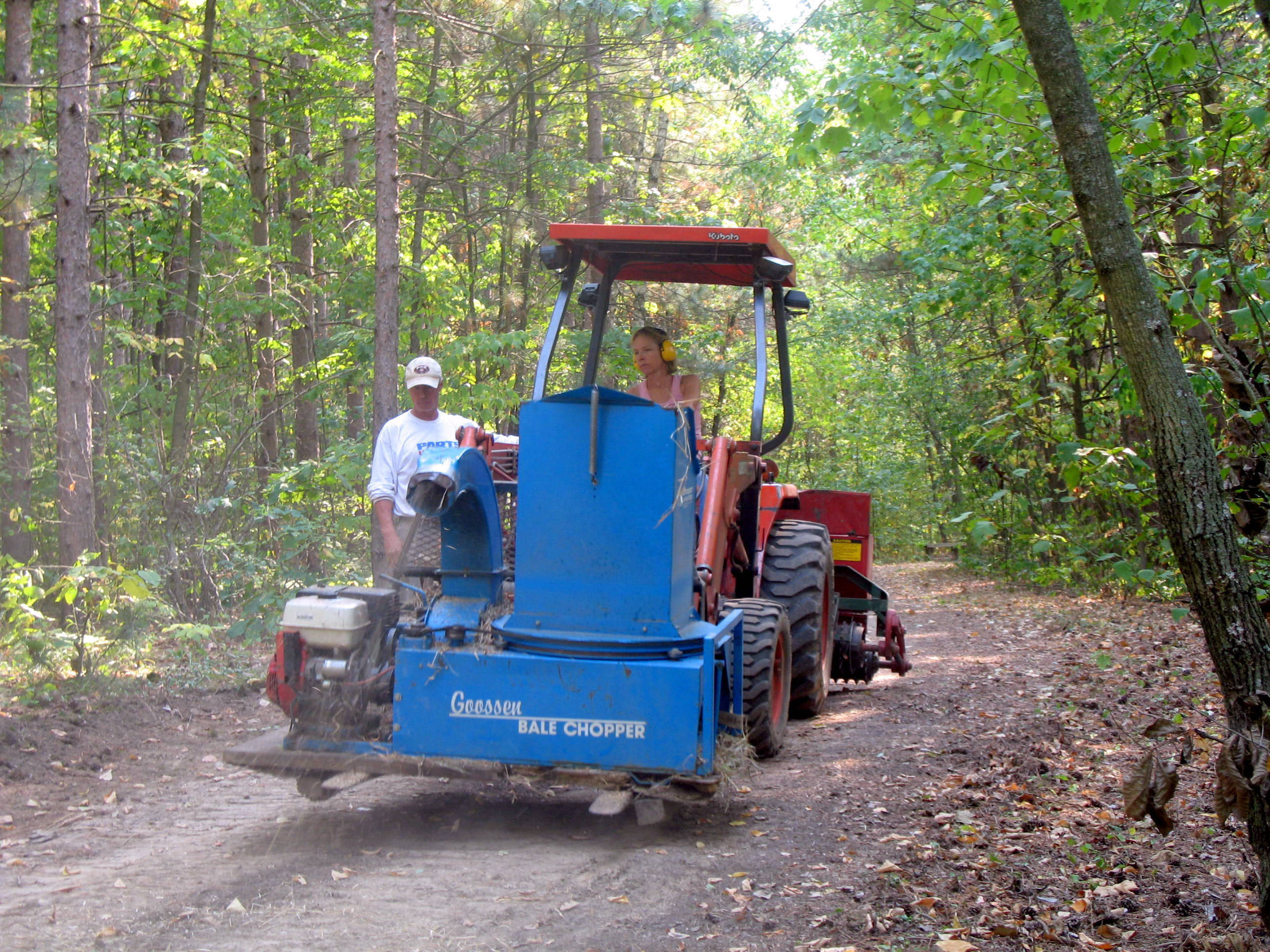Silent Alarm – February
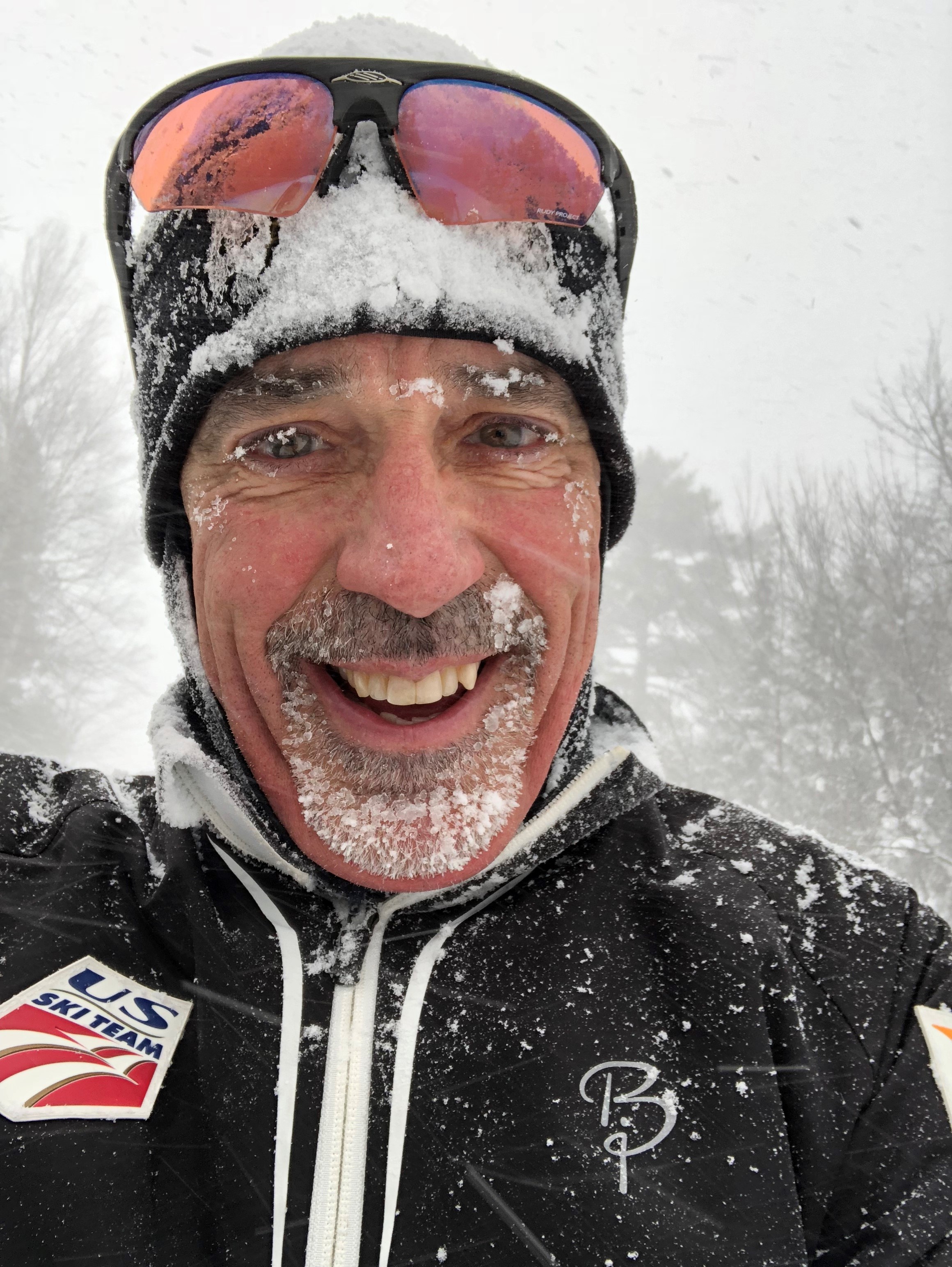
Mike McFadzen lives with his wife Karen and dog Woody near the Kettle Moraine State Forest in Greenbush, Wisconsin. Mike has a 20-year history of being involved in recreational issues.
The Silent Alarm tracks recreation and natural resource issues that affect you. Have an issue in your area? Contact Silent Sports at [email protected].
BY MIKE MCFADZEN
New State Plan Changes Recreation in Wisconsin-Motorized Use on State Bike Trails?
The Wisconsin Department of Natural Resources is in the final phase of writing the Recreation Opportunities Analysis (ROA), which reviews existing outdoor-based recreation opportunities and future recreation needs. The ROA combined with the Motorized Access Statute will have long-lasting implications on the future of state lands recreation. A key component is to examine recreation on all state lands including parks, wildlife areas and natural areas to provide opportunities for motorized access across department properties. The ROA will help determine which roads, fire lanes, logging roads, etc., are appropriate for motorized-vehicle access, including pick-up trucks, ATVs, UTVs and/or off-road motorcycles.
The ROA process divides the state into eight regions to analyze use and inventory. Regional reports are created that describe existing recreation opportunities, future needs and priorities, and the role of state-owned lands in helping meet these priorities. These reports provide guidance to Master Plans, which are the key documents for individual property management. Every state property’s Master Plan or an amendment to the Master Plan must consider opportunities for incorporating motorized access according to state statue.
The first completed region was the “Northwoods” region, which encompasses Florence, Forest, Iron, Langlade, Lincoln, Oneida, Price, Taylor and Vilas counties. Based on the ROA, an amendment to the Northern Highlands/American Legion NHAL Master Plan has already been approved by the Natural Resource Board. The amendment consents to opening up 202 miles of existing road as ATV/UTV trails, and allows construction of up to 36 miles of single-track off-highway motorcycle trails. ATVs have never been allowed on forest roads before.
Summary documents obtained from the ROA website list non-motorized bike trails including the Bearskin, Nicolet and Wolf River Trails as being under consideration for ATV, 4-wheel drive use and off-highway motorcycle use. Concerns have also been raised that informal trails used by hikers, snowshoers, bird watchers and others might be converted to motorized use.
According to the ROA survey, the top two reasons people visit the Northwood’s region is the quality of trails and the desire to be in a quiet place. It’s ironic that the DNR determined that adding ATVs and off-highways motorcycles fill this need. The survey also asked respondents their thoughts on motorized recreational vehicles in the NHAL State Forest. Over 36 percent (the largest group) supported keeping all roads closed, while 30 percent supported opening some roads for motorized use.
Many survey respondents felt strongly against opening department-managed roads to motorized recreational uses. Of the people opposed to opening up roads, many stated concerns about noise, dust, impacts to wildlife and damage to areas that can occur when vehicles don’t stay on designated routes. For some respondents, the reason they live in or visit the region is the large expanses of undeveloped forests and quiet setting. For them, providing additional opportunities for motorized recreation contradicts the reason they are drawn to the area. Concern was also expressed that incorporating more motorized uses in the Northwoods region would drive away silent sport enthusiasts.
The amendment also allows for increased camping, hiking and biking opportunities.
The ROA process included on-line surveys, a public comment period and public meetings. Over 2,500 on-line surveys were completed on the Northwoods region alone. According to State Park and Recreation Specialist Cameron Bump, the DNR is analyzing data and the final regions will be completed in early 2018.
There will be one final opportunity to provide public input on the ROA when the completed document is available in March, 2018. Visit the ROA website to provide public comment and for more information by CLICKING HERE.
Hunter Convicted in Dog Shootings
Veterinarian Deanna Clark went out for an evening stroll with her two dogs at the Badfish Creek Wildlife Area in Fitchburg January 22, 2016. She always enjoyed this place, walking her dogs after working late. Clark’s world was turned upside down that night when dogs Franny and Gary were shot and killed right in front of her, both wearing reflective vests.
During the trial, Clark testified that her dogs were on the trail ahead of her when she heard gun shots. She found Franny, a large Husky, with a huge wound, actually seeing her dog’s last heartbeat. Then, saw Gary, a 75-pound Mastiff cross, who was shot from behind, dragging himself along the ground because the bullet had shattered his pelvis. Gary died a few days later despite extensive efforts to save him.
Clark told Silent Sports that the hunter shot recklessly while hunting in the dark without verifying his target.
“This was certainly no mere accident. He must have been aware that he was hunting on public property that lists hiking and cross-country skiing on the website as promoted activities,” said Clark, who is concerned about public safety on stand lands. “The conscientious hunters I know are appalled by this hunter and by night hunting in general. This hunter was reckless – plain and simple. He easily could have killed me. There are almost no public lands where it is safe anymore.”
Kurt Rausch of Evansville was convicted on one count of animal mistreatment. Rausch was coyote hunting and thought the dogs were coyotes, not identifying his target before shooting both dogs in front of Clark. Rausch’s sentencing hearing is scheduled for Feb 7, 2018.
Rausch’s attorney Michele Tjader said after the trial, that the DNR should stop night hunting and that coyote hunting isn’t necessary. She also said the case highlights problems at wildlife areas like Badfish Creek, where the state DNR allows hunters with firearms and trappers to co-mingle with cross-country skiers, hikers, wildlife viewers and other outdoor enthusiasts; and does a poor job of educating users about the rules.
Noted author and animal behaviorist Patricia McConnell attended the trial and is familiar with the issues surrounding public lands safety.
“You couldn’t set up a recipe for heartbreak better if you tried,” said McConnell. “You allow rifle hunting at night, when it’s dark and difficult for a hunter to identify his target. Allowing night hunting of coyotes, canids who are often mistaken for domestic dogs or wolves. Allow rifle hunting in areas that also encourage hikers, dog walkers, star gazers and bird watchers. Allow rifle hunting (and trapping) in areas that, prior to a new law passed in 2015, were previously 100 percent safe for those of us who love the outdoors, who cherished being able to share them with all of our loved ones, whether two or four-legged.”
Visit McConnell’s blog by CLICKING HERE.
The Hunting Heritage Bill of 2015 opened up Wisconsin state parks to hunting and trapping. The WI DNR authorized year-round 24/7 coyote hunting in areas utilized by hikers, skiers, bikers and others. Over 97 percent of DNR property is now open to hunting and trapping, along with 5 million acres of federal and county properties which previously did not allow hunting. The results have been predictable: several dogs were shot by coyote hunters in 2016/17, with over 90 dogs caught in traps.
Obviously Rausch didn’t identify his target before shooting. In some states it is a legal requirement to identify your target, but there is no such law in Wisconsin, Minnesota or Michigan. Not having a target identification law made it difficult for the Madison police and district attorney to charge and prosecute the case. Since the Rausch case, there is widespread sentiment to get this law in the books.

